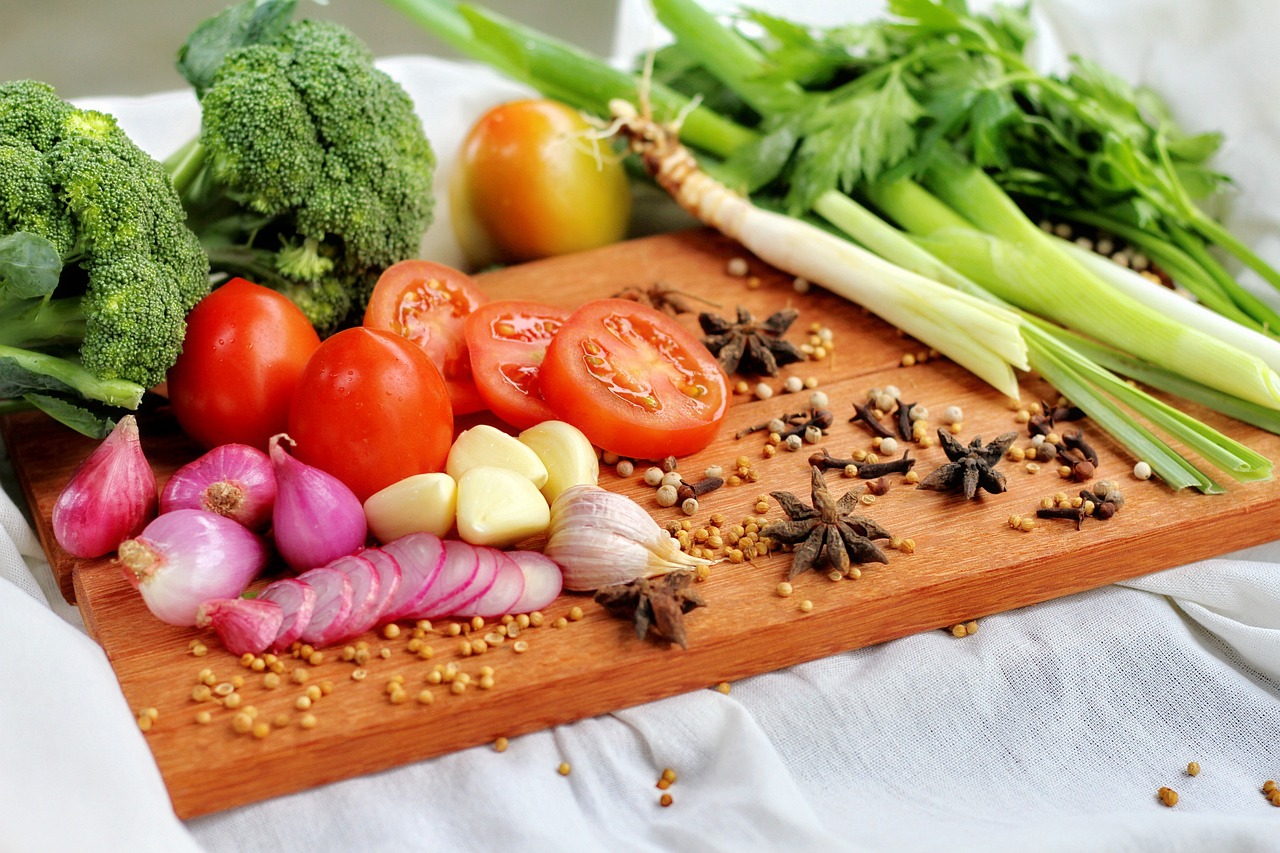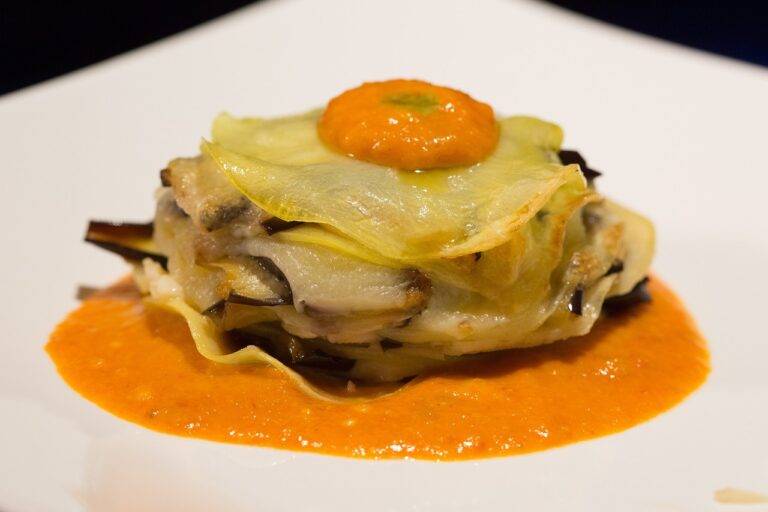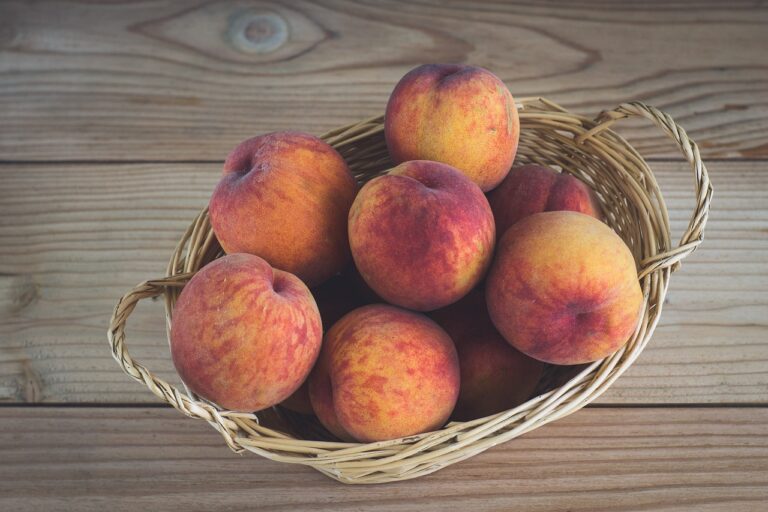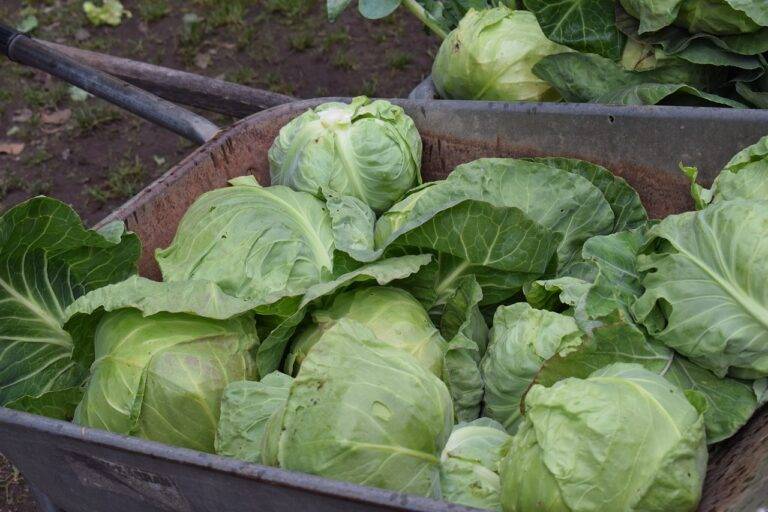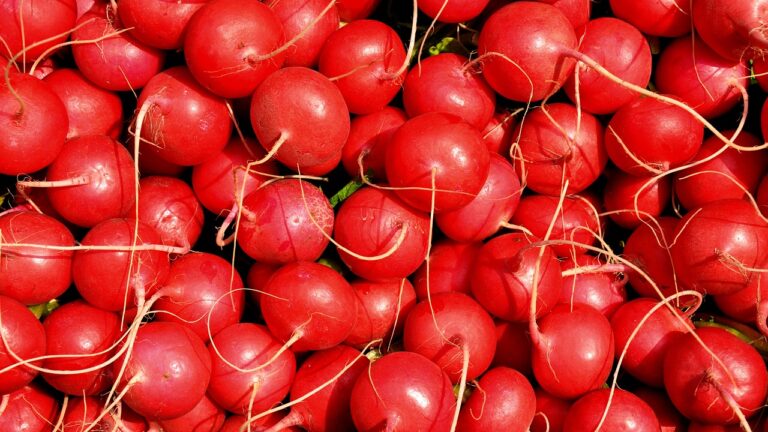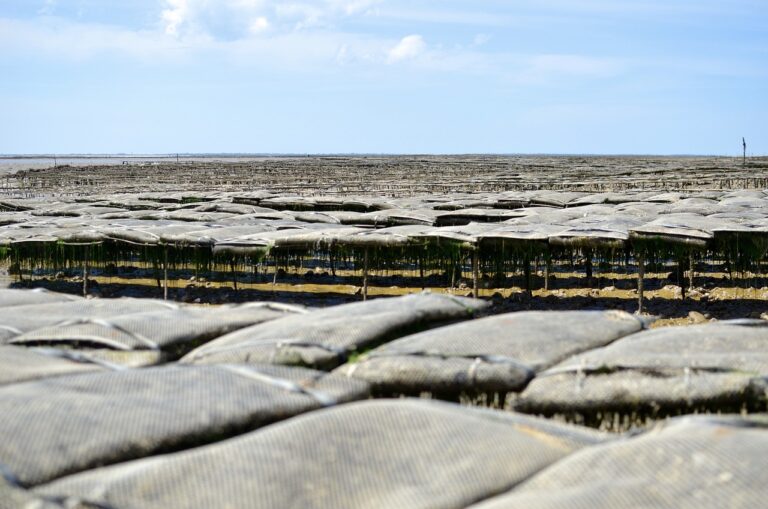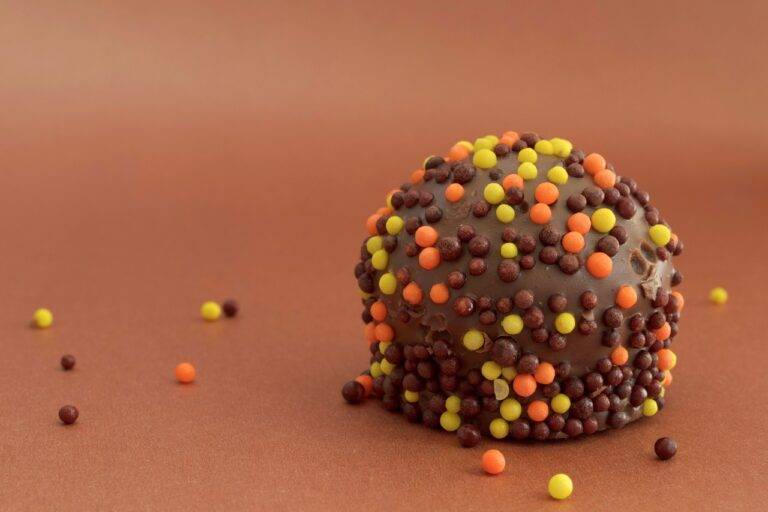The Science of Baking: Understanding Ingredients and Techniques
Flour is a fundamental ingredient in baking, playing a crucial role in providing structure and texture to a wide range of baked goods. It is derived from grinding grains like wheat, corn, or rice into a fine powder. Different types of flour, such as all-purpose, whole wheat, and cake flour, vary in protein content, which affects the final outcome of the baked product. All-purpose flour is the most versatile and commonly used in baking due to its moderate protein content, making it suitable for a wide array of recipes from bread to cookies.
In baking, flour acts as a binding agent when combined with liquids and other ingredients, forming the structure of the baked goods. It also helps in absorbing moisture and developing gluten, a protein that gives elasticity to the dough and contributes to its texture. The type of flour used can greatly influence the final result of baked goods, with different kinds best suited for specific recipes. Mastering the understanding of various types of flour and their roles in baking is essential for creating delicious and successful treats in the kitchen.
Ingredients in Baking: Sugar
Sugar is a key ingredient in baking that not only adds sweetness but also plays a crucial role in the texture and structure of baked goods. When sugar is mixed with other ingredients and heated in the oven, it helps to caramelize and brown, creating a desirable golden crust on cakes, cookies, and breads.
In addition to its sweetening properties, sugar also helps to retain moisture in baked goods, resulting in a softer and moister crumb. It also contributes to the tenderness and flavor of the final product, making it a versatile ingredient that is essential in a wide range of baked treats.
Ingredients in Baking: Butter
Butter is a key ingredient in baking that adds richness, flavor, and moisture to various baked goods. It is primarily made from churning cream or milk until the fats separate from the liquid (buttermilk). Butter comes in different variations such as unsalted, salted, clarified, and whipped, each serving different purposes in baking recipes.
In baking, butter acts as a tenderizer by coating flour proteins, resulting in a soft and crumbly texture in pastries, cakes, and cookies. Its high fat content also helps create flaky layers in puff pastries and pie crusts. Butter not only enhances the flavor of baked goods but also contributes to a beautiful golden-brown crust when used in pie fillings or as a finishing touch on top of bread before baking.
• Butter adds richness, flavor, and moisture to baked goods
• Made from churning cream or milk until fats separate from liquid
• Comes in variations such as unsalted, salted, clarified, and whipped
• Acts as a tenderizer by coating flour proteins for soft texture
• High fat content helps create flaky layers in pastries and crusts
• Enhances flavor of baked goods and contributes to golden-brown crust
What role does butter play in baking?
Butter adds flavor, moisture, and richness to baked goods. It also helps create a tender texture in pastries and cakes.
Is it necessary to use butter in baking?
While some recipes can be adapted to use alternative fats like oil or margarine, butter is often preferred for its flavor and texture in baking.
Can I use salted butter in baking?
It is recommended to use unsalted butter in baking to have better control over the salt content in your recipe.
Should I use room temperature butter for baking?
Yes, most baking recipes call for room temperature butter as it mixes more easily with other ingredients and helps create a light and airy texture in baked goods.
Can I substitute butter with margarine in baking?
While margarine can be used as a substitute for butter in some recipes, it may alter the flavor and texture of the final product. It is best to use butter for optimal results.

